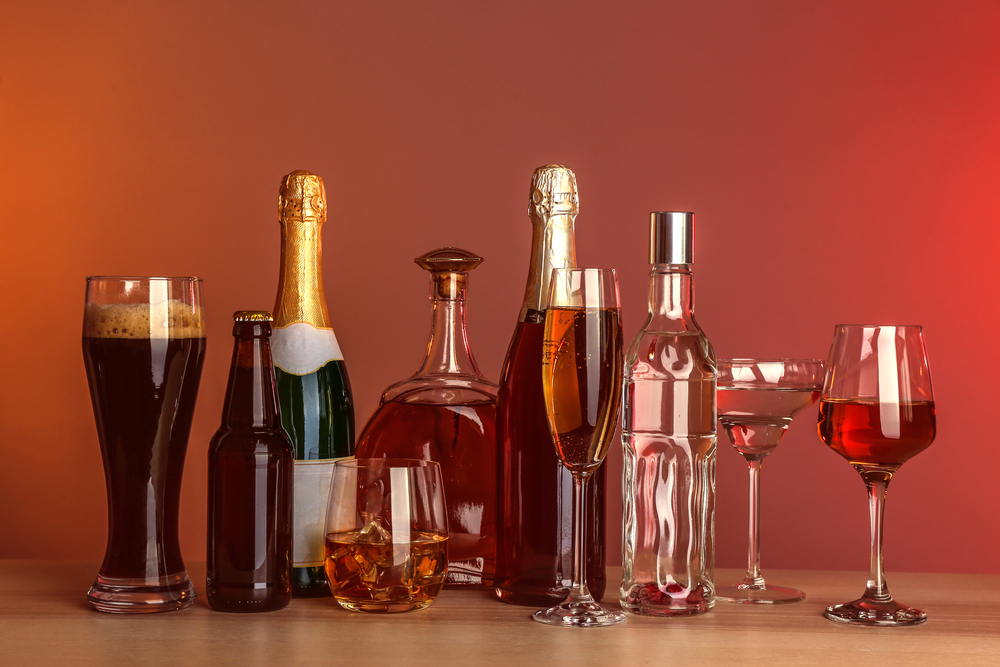Ahh, winding down at the end of a long day—heavenly, isn’t it? For many people, the post-work wind-down includes a myriad of things. Some people choose to get movement in, some choose reading, some take a nap, and some choose a mixture of all!
In addition, many people choose to relax at the end of the day with a beverage. Maybe it’s with dinner or maybe it’s as you watch your nightly show. Wine, beer, and liquor—are all good choices, so what’s the difference? How do they impact your body differently and how are they made?
Below, we’ll answer some of your questions as we discuss the differences between wines and spirits. We’ll peruse the differences in how they’re made and how they can impact your body after your nightly sips. Take a look!
Wine
How It’s Made
Simply put, wine is made by fermenting fruits. Obviously, the most common fruit used is the grape, but depending on the winery, different fruits are sometimes used. When it comes to the process, it goes like this: crushing, fermenting, bottling (in a simple sense). You can learn more about the winemaking process in one of our previous blogs!
How It Affects You
In comparison to spirits, wine has a much lower alcoholic content. Ranging from 7% to 13%, the alcohol content depends on the bottle of wine you buy—red wines tend to go higher in their ABV levels, but it all depends on the bottle.
Of course, how any alcoholic beverage affects you will depend on how much you’ve had to drink. But with a lower ABV, it can seem to impact your body a bit less than spirits—it’s all up to your body and how much you drink.
Spirits
How It’s Made
Spirits—also called hard liquors, distilled beverages, and simply, liquors—are alcoholic beverages made through the distilling process. They take a fermented product, made out of grains or a variety of other substances, and then put it into a still (heated container). The alcohol evaporates in the container, but then the machine is cooled to collect the drops of alcohol. Those are then distilled to create the spirits you know: whiskey, vodka, gin, etc.
How It Affects You
Like we mentioned, spirits have a much higher alcohol content than wine. Most are around 40% ABV; however, some can even get up to 90% (which is basically pure alcohol). Now, when you’re drinking spirits, it’s not like you’re pouring a wine glass of whiskey. Serving sizes impact how much you take in of the liquor, but either way, these drinks do tend to “hit harder” than glasses of wine.
To truly enjoy the experience of drinking spirits, having the right glassware is essential. Luxury crystal whiskey glasses not only enhance the aesthetic appeal of your drink but also improve the tasting experience. The clarity and brilliance of the crystal allow you to appreciate the rich color of the whiskey, while the design of the glass helps concentrate the aromas, making each sip more enjoyable.
There you have it—the differences between wines and spirits. Hopefully, this provides you with a quick glance into the world of alcohol and understanding the variety within. And if you’re more of a wine drinker, explore the diversity of the wine world with Wines ‘Til Sold Out. The online wine store that has everything you need—you won’t want to miss out!



